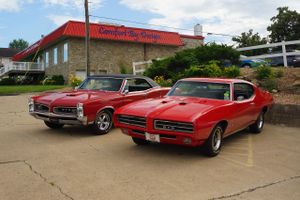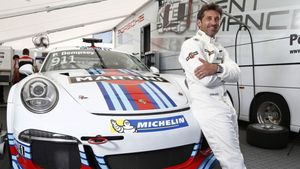Learn more about this often misunderstood Caddy.
Made for only six model years from 2004 to 2009, the Cadillac XLR didn’t make the kind of market impact which GM hoped for. That’s become too much of a trend in the Cadillac division, so skeptics of the brand weren’t shocked in the least. However, that’s only one narrow view of a sports car which actually spearheaded the modern revolution of the Cadillac brand.
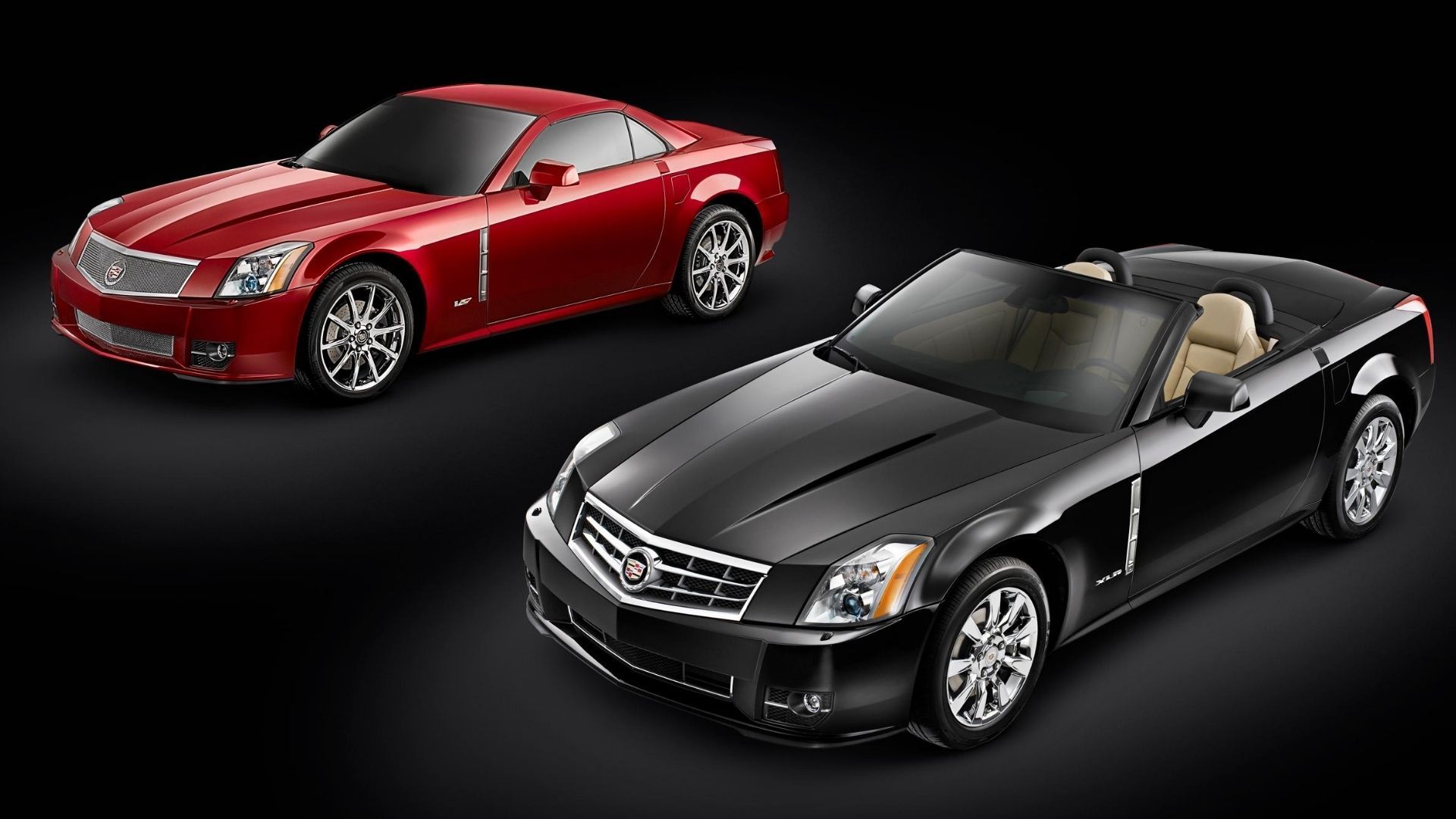
After WWII Cadillac was riding high as one of the most coveted luxury car brands in the world. It led the way in design, innovations, and overall classiness. That all changed when the 1970s oil crisis hit and those big land barge sedans and coupes were no longer smiled upon. Many blame GM CEO Roger Smith for dooming Cadillac in the 80s by essentially turning the lineup into bland, run-of-the-mill vehicles. After all, Caddie badges were being slapped on warmed-over Opels and Chevrolets. The problem persisted through the 90s.
At about the turn of the millennium executives at GM decided a reboot of Cadillac was necessary. The plan was expensive, requiring $4.3 billion and daring designs to put the brand back on the radar or luxury car shoppers.
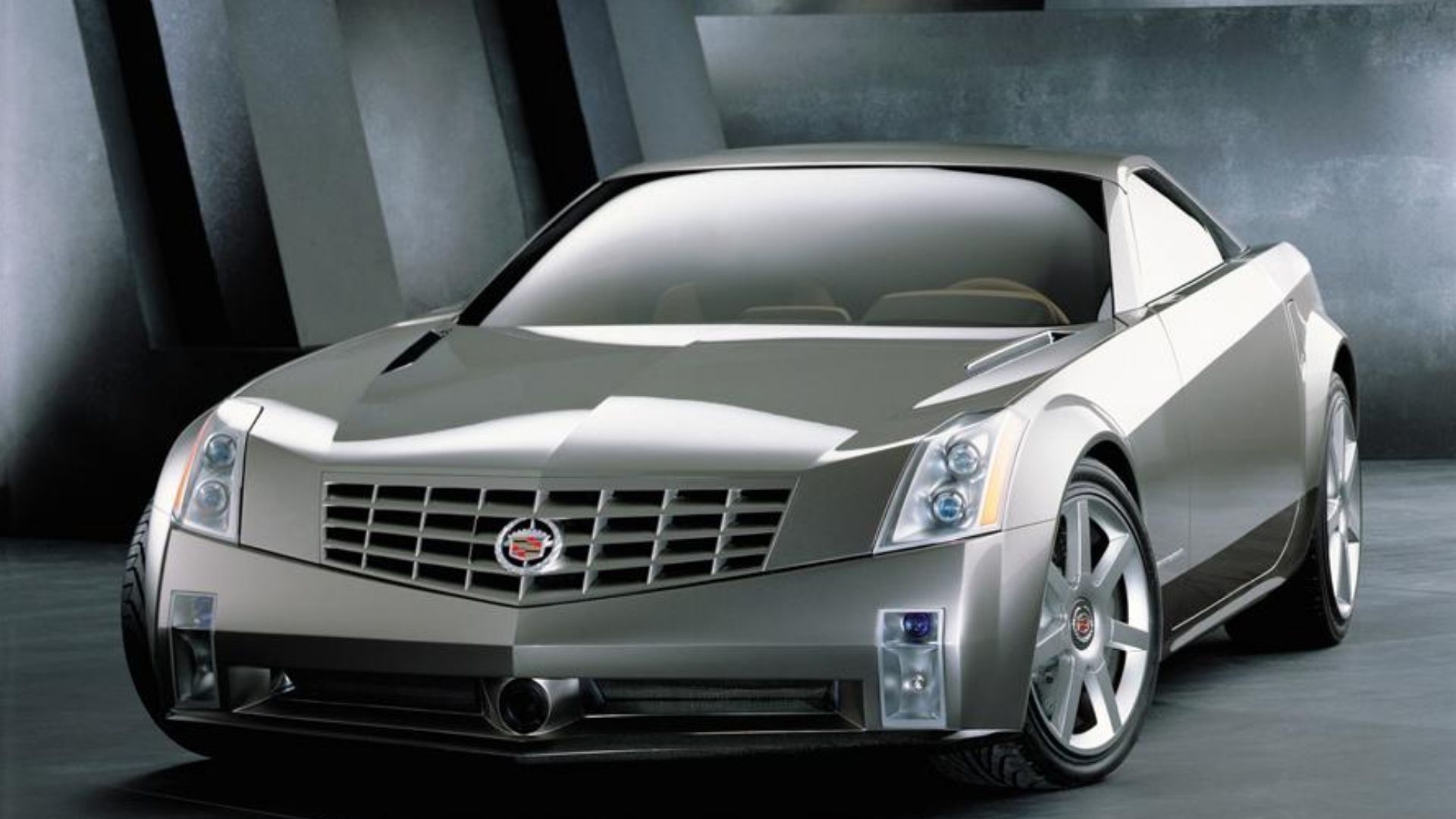
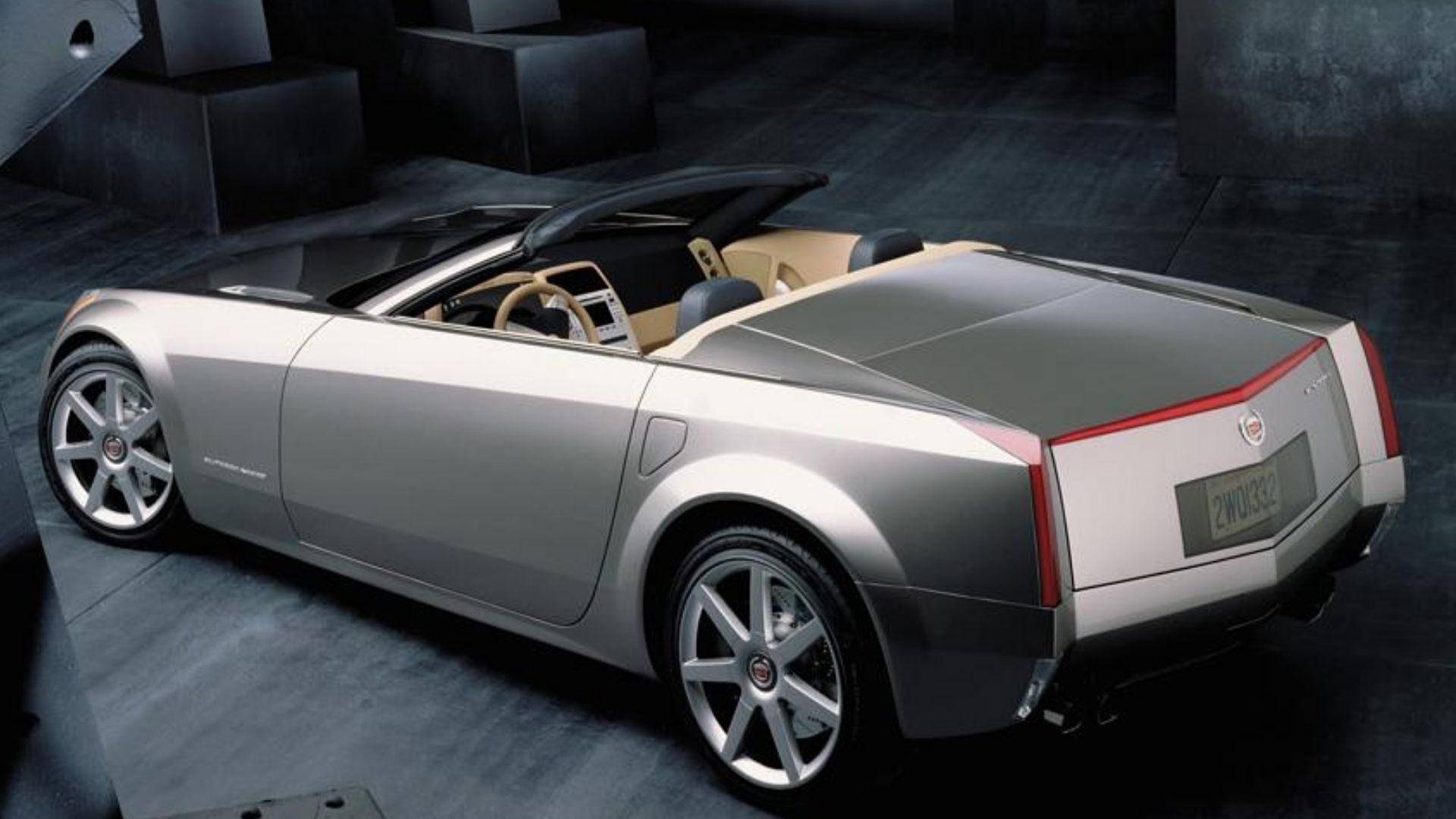
The tip of the spear for this revival was the Cadillac Evoq, a concept car unveiled in 1999. It would eventually become the XLR, but that bolt, geometric design language was infused in many other cars, most notably the Escalade as it made a tremendous splash in the market. While the big SUV certainly was seen as a halo vehicle by many, executives wanted to fly closer to the sun.
Some call the Cadillac XLR the luxury Corvette, which is a fairly good description of the car. Using the C6 platform and having been made at the Bowling Green plant where Corvettes are assembled, it punched the volume up by offering an interior which was actually luxurious. For example, Bulgari designed the gauges and key fob so they looked high-end and like nothing you see in a Corvette. Neiman Marcus seized the chance to offer a special edition of the XLR for its 2003 Christmas catalog. Each person who plunked down the $85,000 for the luxury sports car also received a $3,000 limited-edition Bulgari wristwatch which matched the vehicle design.
Interestingly enough, the relationship with Bulgari actually stretches back to the Evoq concept, the Italian watch maker having provided the instrument panel and clock for that car.
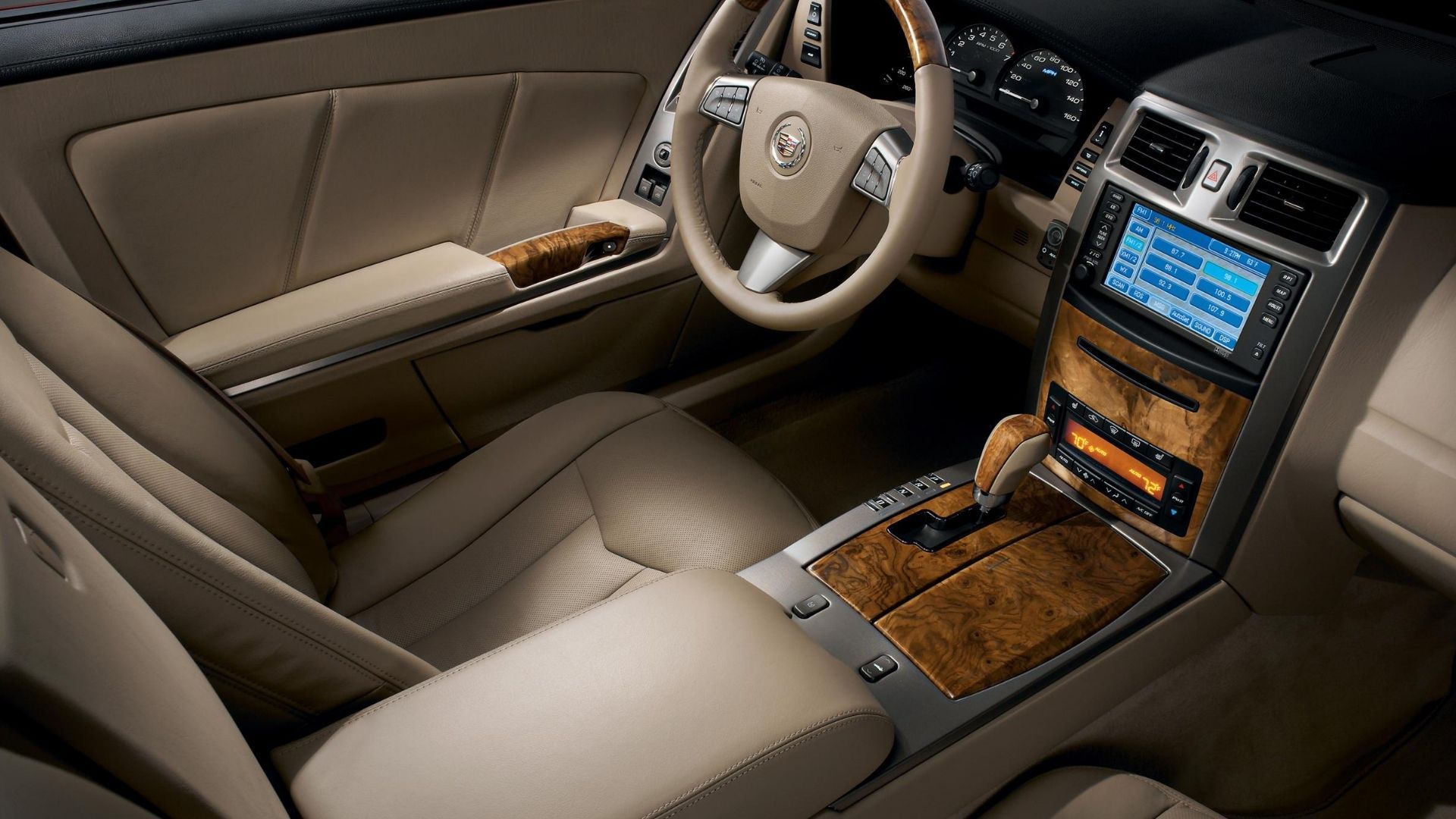
The XLR pushed Cadillac’s technological boundaries further. It had a dramatic retractable hardtop, a first for the brand and something people only associated with the most opulent European sports cars. A heated steering wheel, power trunk lid, plus wood and alloy interior trim accents were all standard. Shoppers who opted for the Cadillac XLR-V, which launched in 2006, learned the wonders of Magnetic Ride Control. Heated and cooled seats, Zingana wood trim, and aluminum accents were also included. These types of features helped reshape the cheap, also-ran image the Cadillac brand had unfortunately built up during he 80s and 90s.
Ultimately, it seems slow sales doomed the Cadillac XLR’s existence. The 2005 model year was the high mark with 3,730 cars sold, but that number bottomed out at only 1,250 units for 2008. For many, the cheap performance offered by the C6 Corvette, especially the Z06, was partly to blame.
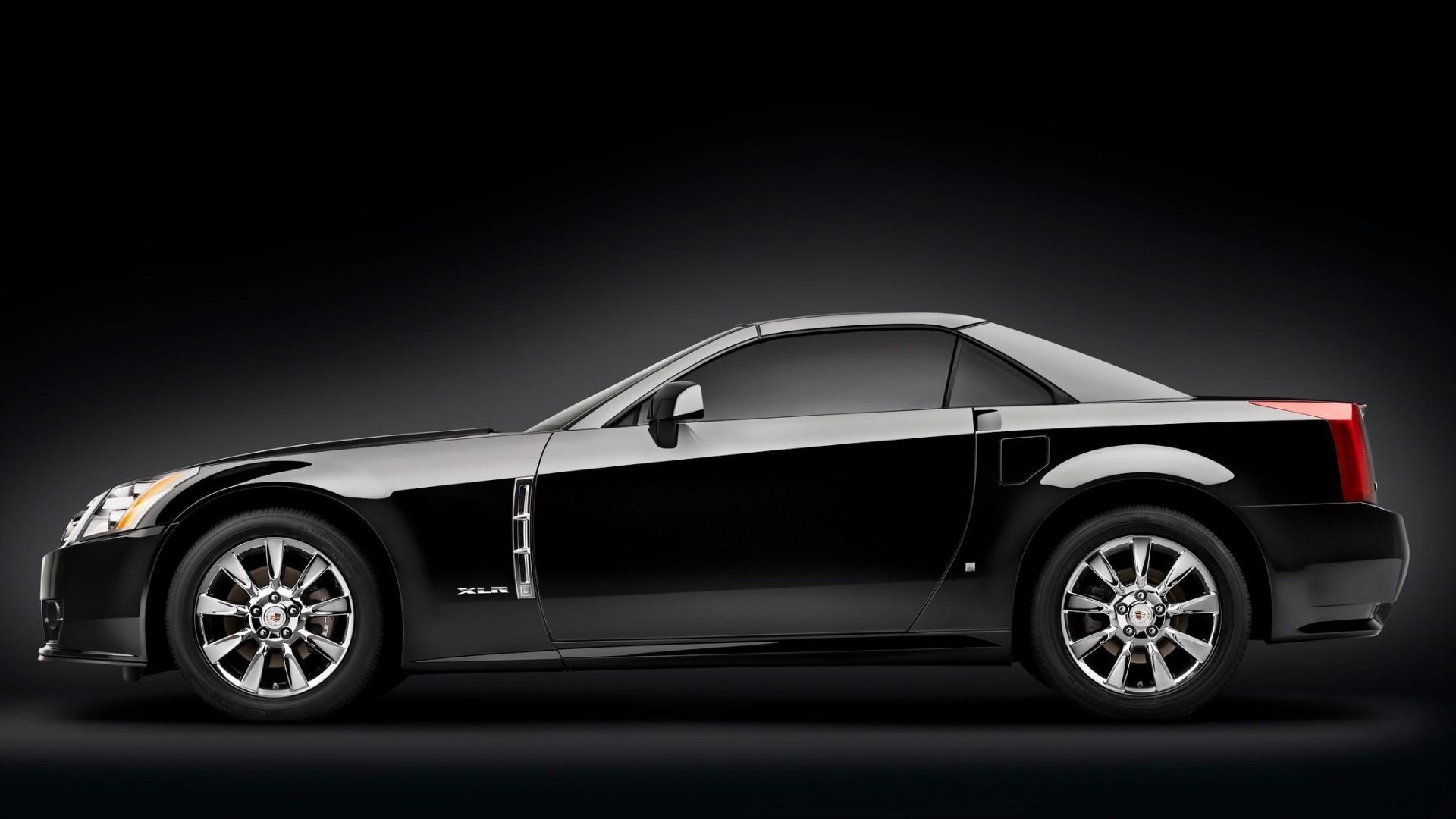
It’s not like the XLR was some performance slouch. The standard 4.6-liter Northstar V8 produced 320-horsepower, which was a fair amount back then. Opting for the Cadillac XLR-V meant getting a supercharger bolted up to the 4.4-liter Northstar V8, pushing output to 443-hp. But consider how the 2005 Corvette came with a 400-hp LS2 6.0-liter V8, followed by the 2006 Corvette Z06 pushing a mighty 505-hp using an LS7 7.0-liter V8. Those looking for speed and not caring much about the hard plastics found in the C6 never seriously considered the Caddie.
Despite reaching the end of the road, Cadillac did not dump the XLR in the dustbin, despite contrary claims by critics. A Cadillac spokesman told Edmund’s Inside Line the “XLR served a very useful purpose for Cadillac and its brand renaissance.” He also stated, “a specialty sports car like this has a limited life cycle.”
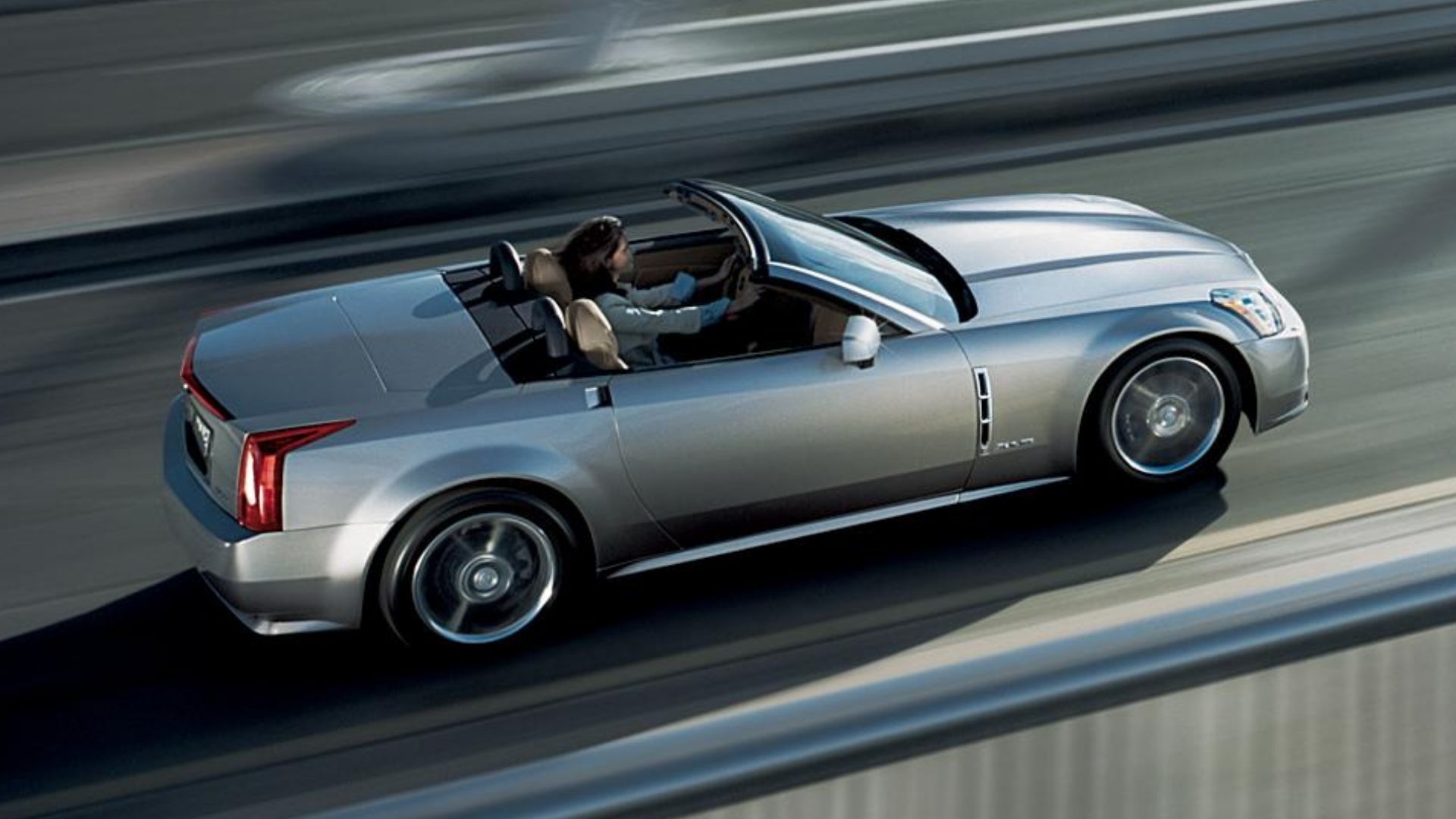
What GM wasn’t saying spoke volumes. The auto giant was preparing to enter bankruptcy and go through extensive restructuring, which meant shedding what wasn’t working. During that time Pontiac was lost along with Hummer, Saturn, and Saab.
Even if GM hadn’t been financially sinking, the XLR likely wouldn’t have continued on. Cadillac only sold about 15,400 cars during the entire six-year model run. Automotive reviewers weren’t kind to it, and performance enthusiasts never warmed to the car. However, it headed up one of the most dramatic automotive brand revolutions ever seen, something few even acknowledge.
There’s been talk lately of Cadillac using the C8 Corvette platform to launch another luxury sports car, possibly calling it the XLR. For now that’s just rumor, so there’s no telling what will ultimately happen. However, if it turns out to be true, expect a surge of interest in the original Cadillac XLR.
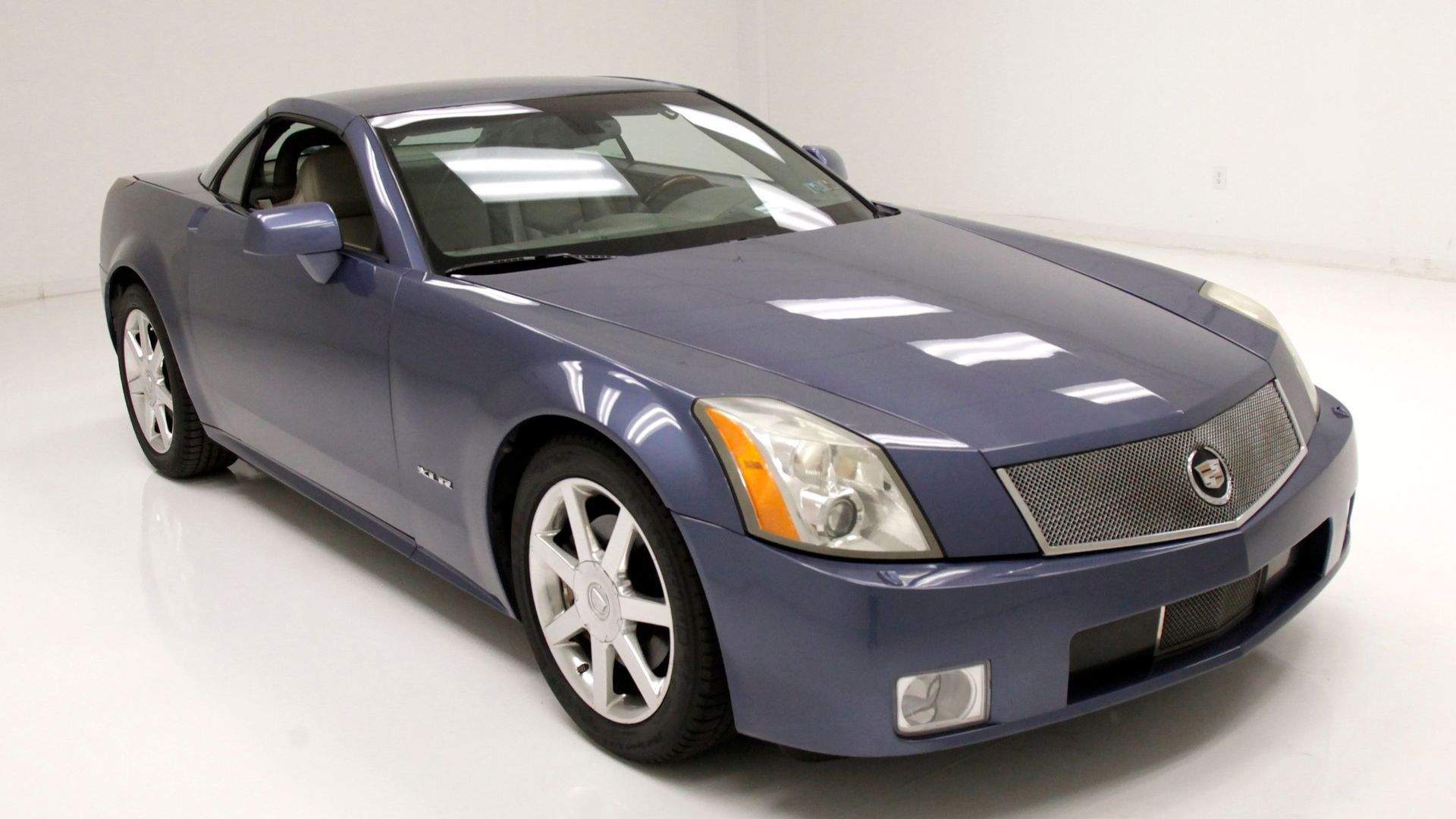
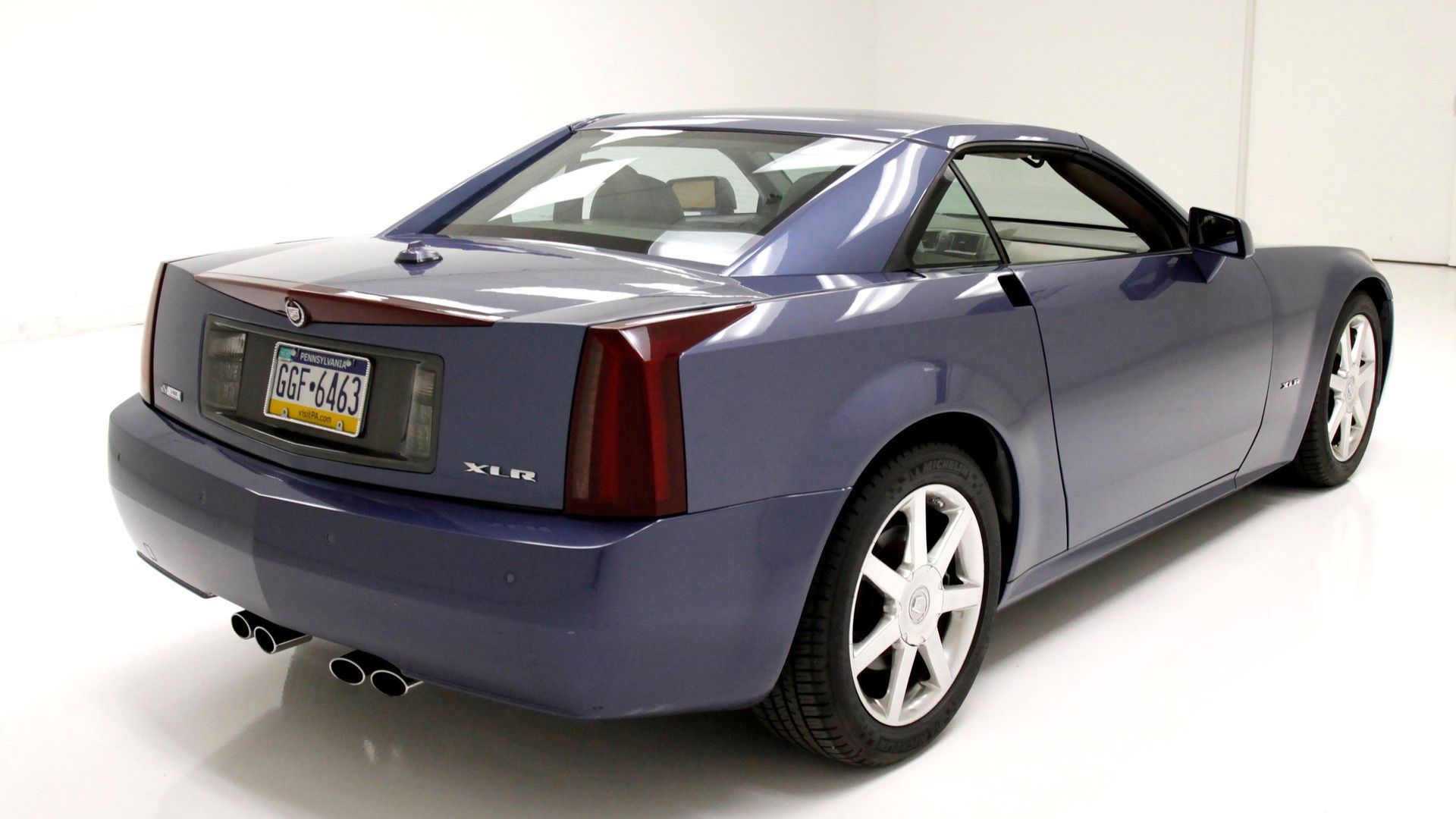
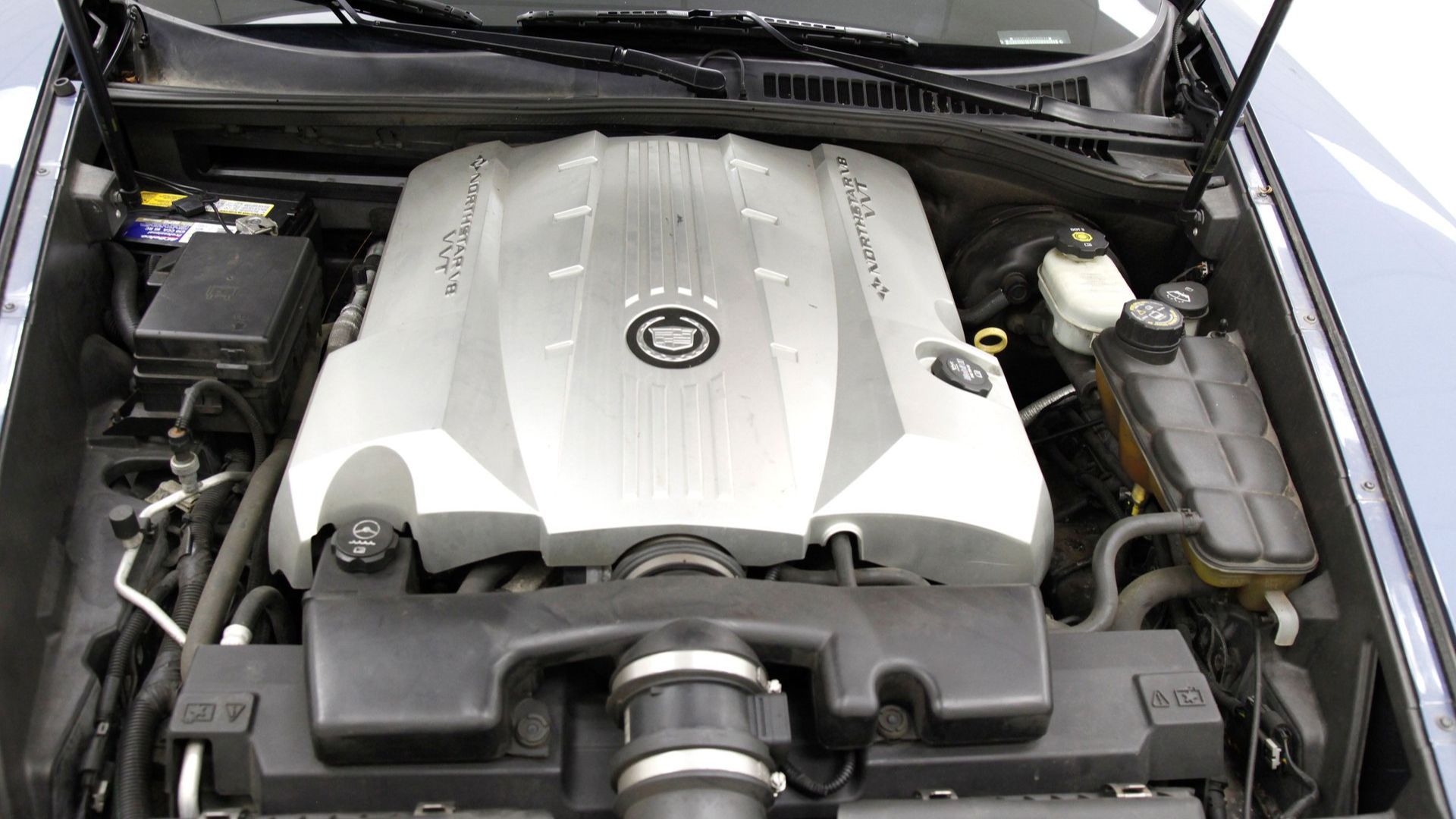
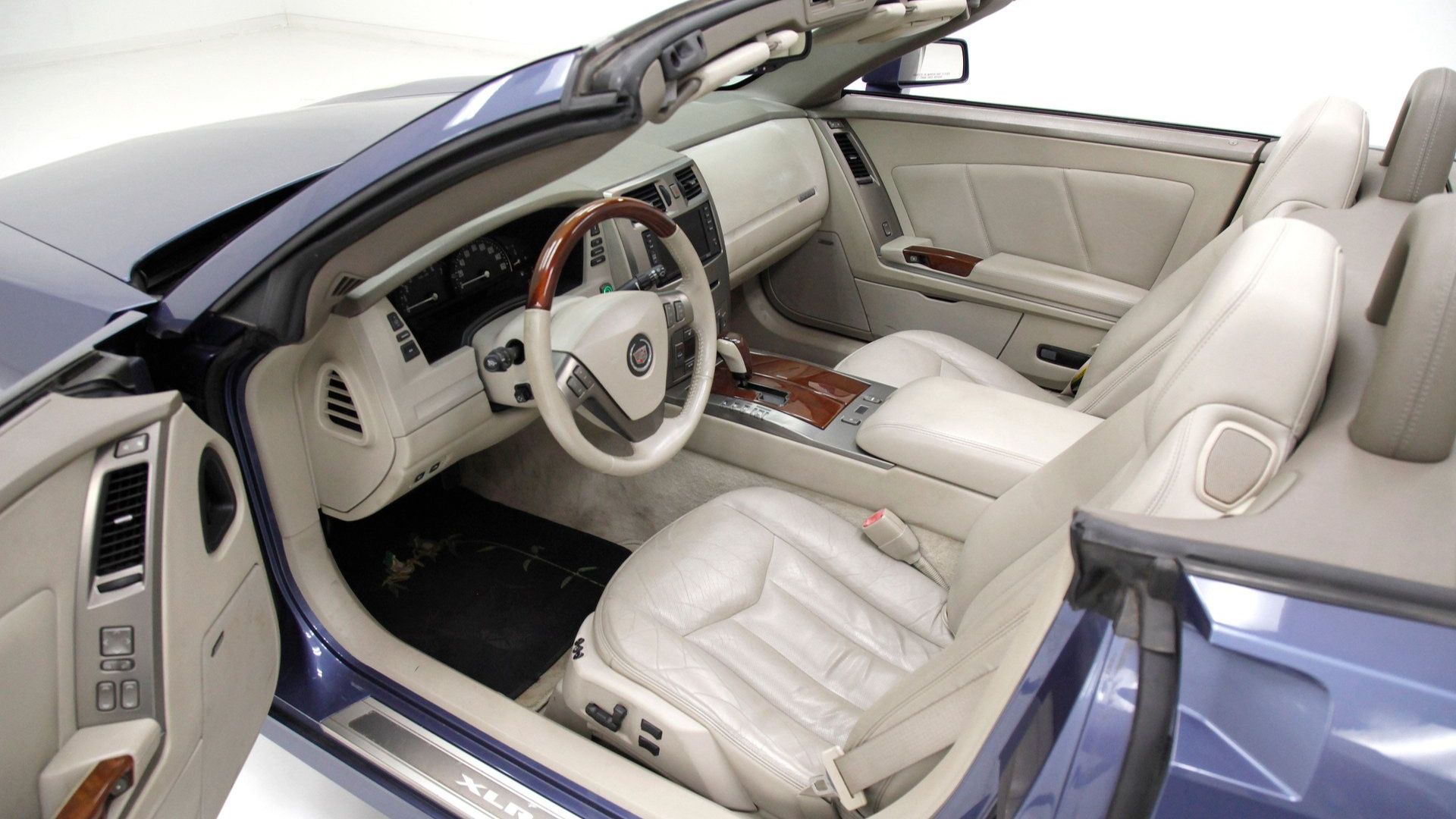
At least for now, you have the chance to pick up a clean 2005 Cadillac XLR to add to your collection. While it’s always a gamble trying to determine which cars will soar in value, as time marches on we feel many will realize the true value this car provided as it spearheaded the Cadillac revolution of the 21st century. Finished in a beautiful Blue Steel over Shale leather interior, this car has just 46,548 miles showing. Classic Auto Mall is handling the transaction, if you want to talk details.
Sources: The New York Times, Fast Company, Edmund’s Inside Line


